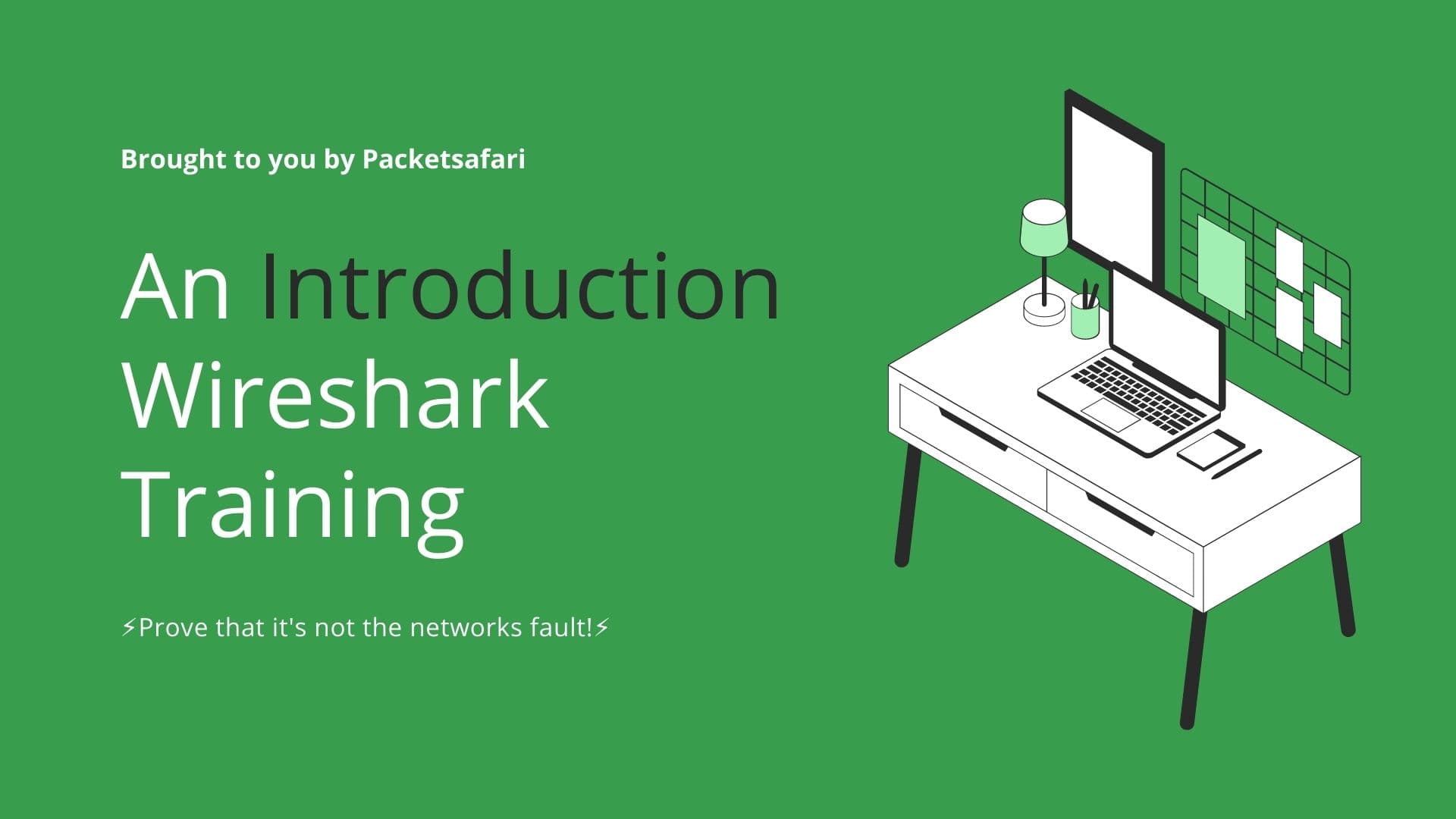Discover the various DNS protocols, how they differ, their usage statistics, and real-world case studies. Learn how to analyze and troubleshoot DNS issues using packet analysis tools like Wireshark and PacketSafari.
The Domain Name System (DNS) is a fundamental part of the internet's infrastructure, providing the essential service of translating human-readable domain names into IP addresses that computers can understand. Over time, various protocols and security measures have been developed to enhance DNS functionality and security. In this article, we'll dive into the details of DNS protocols like DNS over HTTPS (DoH), DNS over TLS (DoT), DNSSec, and DNSCurve, comparing their features, usage, and real-world case studies. We'll also explore how to analyze and troubleshoot DNS issues using packet analysis tools like Wireshark and PacketSafari.
DNS over HTTPS (DoH)
DoH is a protocol that encrypts DNS queries and sends them over HTTPS, providing increased privacy and security. It prevents eavesdropping and manipulation of DNS queries by encrypting the data between the client and the DNS resolver. DoH has gained significant traction in recent years, with major browsers like Chrome and Firefox implementing it by default.
DNS over TLS (DoT)
Similar to DoH, DoT also encrypts DNS queries but sends them over a dedicated TLS connection instead of HTTPS. While not as widely implemented as DoH, it still provides a solid layer of privacy and security for DNS queries.
DNSSec
DNSSec is a suite of extensions that adds a layer of security to DNS by providing data integrity and authentication. It uses digital signatures to ensure that the DNS data received is authentic and hasn't been tampered with. DNSSec is widely used, but its adoption is not universal due to the complexity of implementation and management.
DNSCurve
DNSCurve is a protocol that provides end-to-end encryption and authentication for DNS queries. It focuses on high-performance cryptography and is designed to be lightweight and easy to implement. DNSCurve is not as widely adopted as DNSSec, but it offers an alternative approach to secure DNS communication.
Real-World Case Studies
DNS issues can manifest in various forms, from cache poisoning to DDoS attacks. For instance, a well-known case is the 2016 Dyn cyberattack, where a massive DDoS attack targeted Dyn's DNS services, affecting major websites like Twitter, Spotify, and Reddit. This event highlighted the importance of securing DNS infrastructure and the potential impact of DNS-based attacks.
Packet Analysis for Troubleshooting DNS Issues
Packet analysis tools like Wireshark and PacketSafari are indispensable for diagnosing and resolving DNS issues. By capturing and analyzing DNS traffic, these tools can help identify anomalies, misconfigurations, and malicious activities.
For example, using Wireshark or PacketSafari, you can filter DNS traffic to inspect individual queries and responses, allowing you to spot issues like excessive response times, incorrect IP addresses, or suspicious patterns. You can also use these tools to determine if DoH, DoT, DNSSec, or DNSCurve is being used, and if they are configured correctly.
PacketSafari and WIRED for Packet Analysis
Our online PCAP analyzer, PacketSafari (https://app.packetsafari.com), offers a powerful, user-friendly platform for analyzing and troubleshooting DNS issues. You can upload your captured DNS traffic to PacketSafari for a detailed analysis, making it easy to identify and resolve problems.
Additionally, our training course WIRED for Packet Analysis (https://oripka.de/en/wired/) provides comprehensive instruction on using packet analysis tools like Wireshark and PacketSafari to diagnose and resolve DNS and other networking issues. By enrolling in WIRED, you'll gain expert knowledge and practical skills to tackle a wide range of networking challenges.
Conclusion
Understanding the various DNS protocols, their differences, and how they can help secure your DNS infrastructure is essential for maintaining a reliable and secure internet presence. Leveraging packet analysis tools like Wireshark and PacketSafari, along with expert training from our WIRED course, can empower you to diagnose and resolve DNS issues efficiently and effectively.



